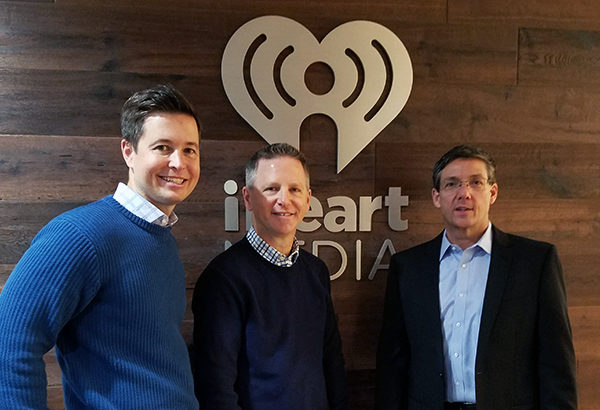Many businesses are still creating reports and comparing and contrasting business trends with PDFs exported from Excel instead of using the latest data visualization tools.
But what is data visualization?
Data visualization is looking at your key metrics and data with a graph, and it is usually on a dashboard. Think the dashboard in your car; it shows your gas tank, your speed, your miles. You can have a dashboard for your business with your sales funnel data, financial data and project hours for employees.
However, all of this assumes your data is clean and can be trusted. If you don’t have data you can trust, then you definitely cannot use this data to make sound business decisions.
Currently, a lot of companies look at their sales and financial data as line items on a sheet. If you are not looking at accurate data in a visual manner you’re probably missing a trend or an extra expense about your business.
Here’s an example:
One of our customers had a financial system made out of PDFs. They had about six restaurants they were tracking. They would collect the finances for each of the restaurants and make separate PDFs. The PDFs would be shipped to the CFO team and they would dissect the information. Usually, the information was more than a month late because it took a while to build the reports.
We built a financial dashboard. This collects all the information from the PDFs and puts the information on one screen. You can instantly get simple, comprehensive views of critical financial information on your phone.
The customer had the ability to select what they wanted to compare from each restaurant in pie charts. So for example, if they wanted to see how much money each restaurant was spending on entertainment, they could easily see it.
As soon as the financial dashboard came online… the customer realized they were spending way too much money on music and entertainment in one of their venues. They were able to make the decision to stop hiring so many bands immediately.
Before the data wasn’t accessible. It wasn’t visible. The entertainment data was a line item in six separate PDFs. It also wasn’t in the same place. We created a dashboard to show side by side views of expenses like music and entertainment. They could see as a percentage of the pie that it was huge.
As soon as they were able to visually see the data they could tell where their money was going and what changes needed to be made.




